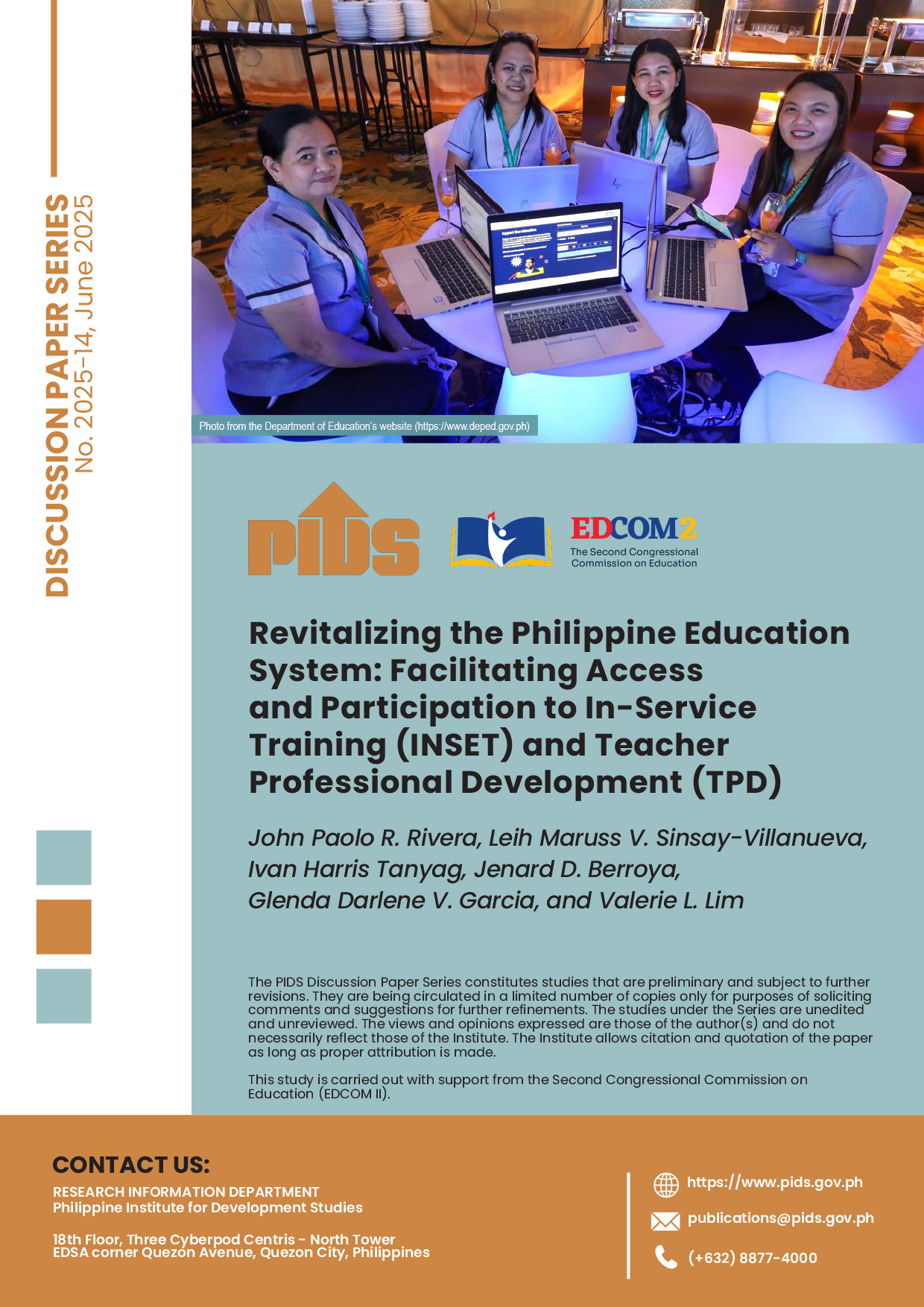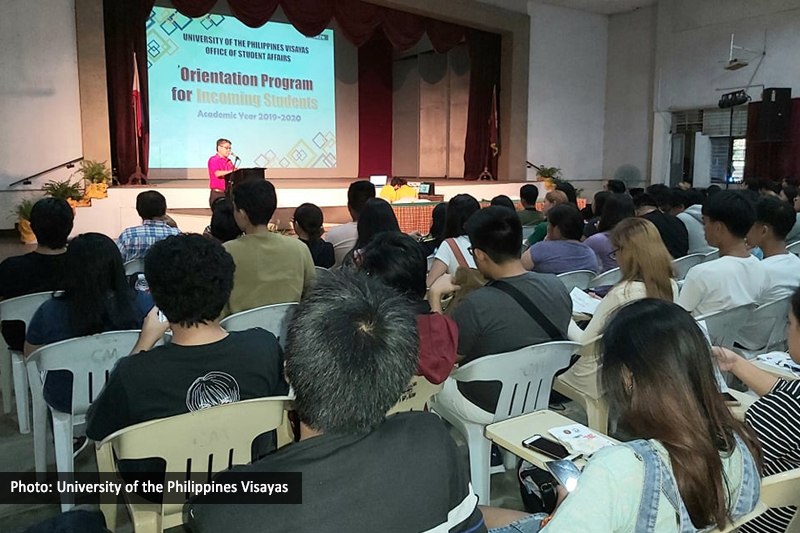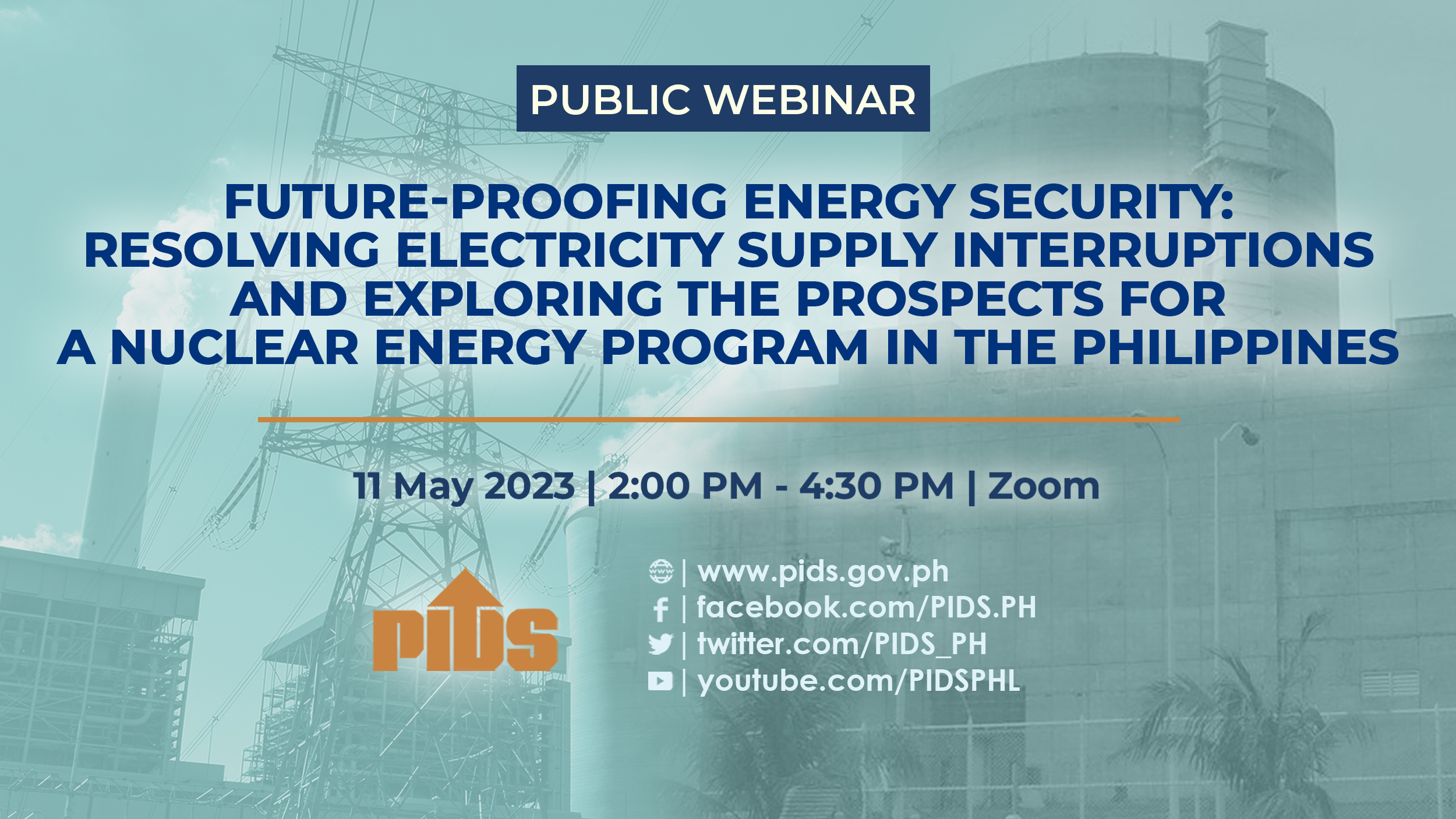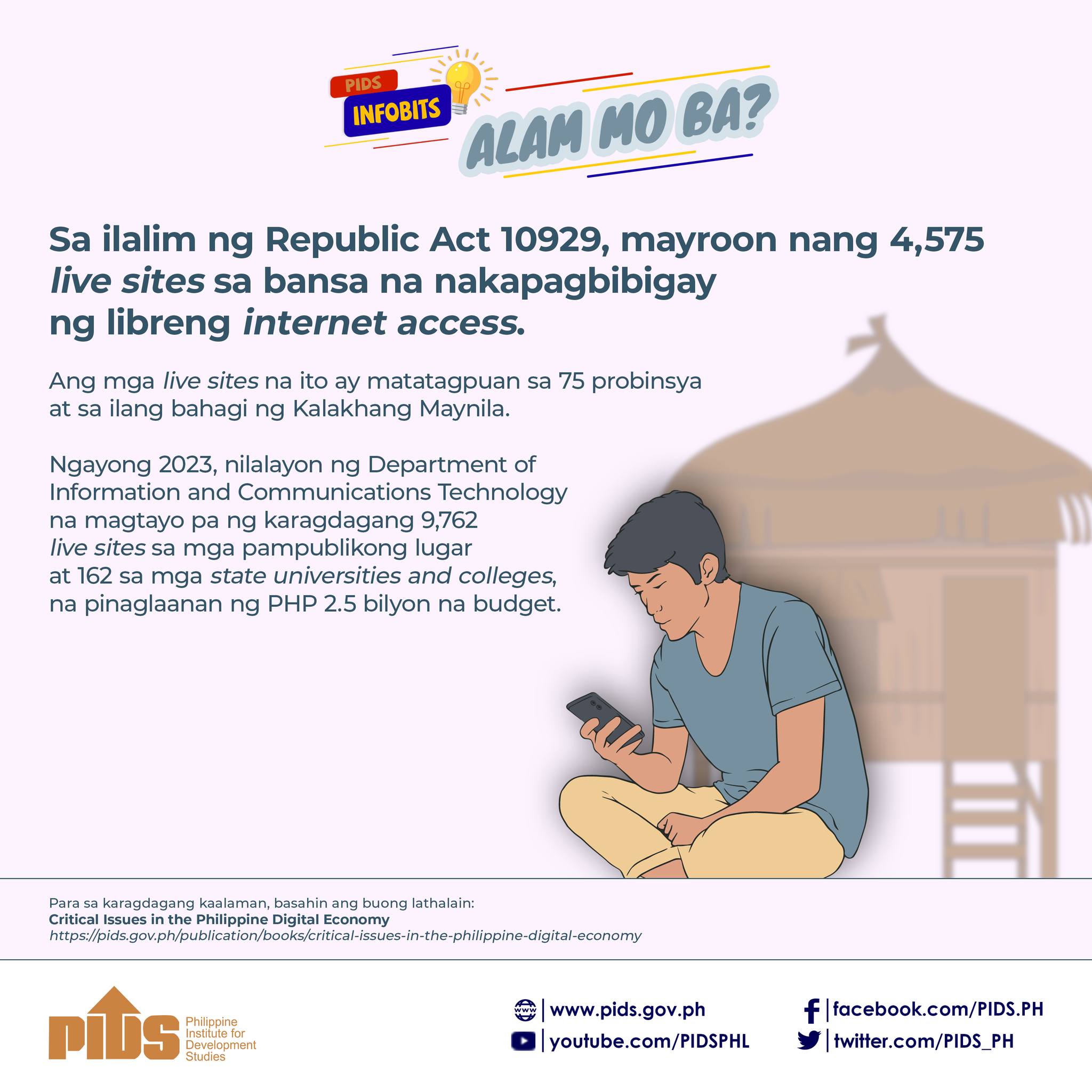About 16 million people in the Philippines still do not have access to electricity, forming part of the 130 million in Southeast Asia who still do not have access to electricity. This is according to the government think-tank Philippine Institute for Development Studies (PIDS) in a study by Adoracion Navarro, a senior research fellow of the Institute, Maxensius Tri Sambodo of Indonesian Institute of Sciences Economic Research Center, and Jessie Todoc, Philippines Country Manager of Southeast Asia Energy Access and Alternative Energy, International Copper Association Southeast Asia. "In the Philippines, 16 million of the population are without electricity,” PIDS said. And the problem persists in neighboring countries as well. In Indonesia, for instance, 63 million of its population is still without electricity and in Myanmar, 26 million, the think-tank said. In Cambodia the number is 10 million and in Thailand, eight million. Vietnam, meanwhile, has two million people who have no access to electricity, almost the same as Lao PDR’s 2.2 million. In Malaysia, the number is only 200,000. In the region, only Singapore and Brunei Darussalam have 100-percent electrification rate, PIDS said. In the Philippines, PIDS noted that the country has a total electrification rate of 83 percent. Its urban electrification rate is 94 percent, which is 21 notches higher than its 73-percent rural electrification rate. "Nevertheless, about half or 47 million people rely on traditional biomass for cooking,” PIDS said. The authors recommend linking the benefits from and strategies in ASEAN Energy Market Integration (AEMI) with the eradication of energy poverty in Southeast Asia.












